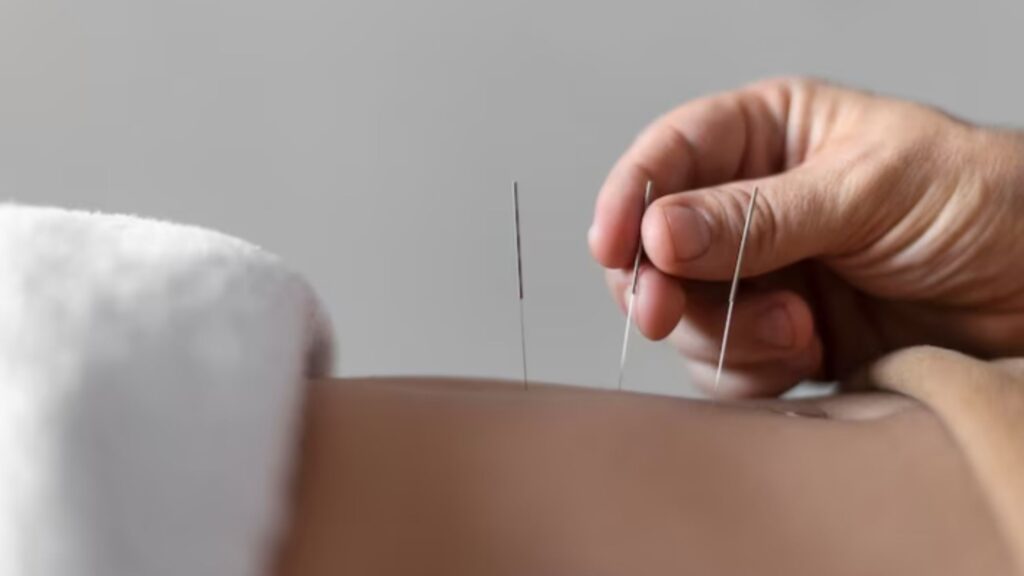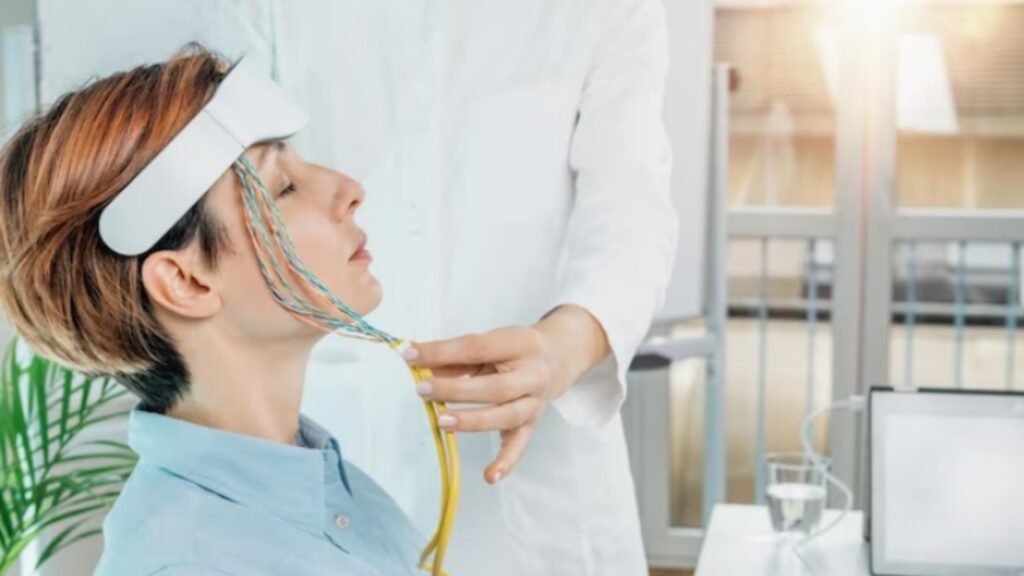As a common neurological disorder, migraines affect millions of people worldwide. Migraines cause severe head pain, nausea, and sensitivity to light and sound, and can last for several hours or even days. Although there are several prescription medications available to treat migraines, some people may prefer alternative treatments for various reasons, such as avoiding potential side effects or finding that medications do not work for them. This blog will explore some of the alternative treatments for migraines that may be worth considering.
Acupuncture:

Acupuncture is an ancient Chinese practice that involves inserting thin needles into specific points on the body to stimulate energy flow. The practice has been shown to be an effective alternative treatment for migraines, with studies indicating that acupuncture can reduce the frequency and intensity of migraines. Acupuncture may work by releasing natural painkillers, such as endorphins, and reducing inflammation in the body.
Yoga:

Yoga is a practice that combines physical poses, breathing exercises, and meditation. While yoga is often associated with stress relief, it may also be helpful for migraines. Studies have shown that practicing yoga regularly can reduce the frequency, duration, and intensity of migraines. Yoga may help by reducing stress, which is a common trigger for migraines.
Massage therapy:

Massage therapy involves manipulating the soft tissues of the body to promote relaxation and alleviate pain. Studies have shown that massage therapy can be an effective alternative treatment for migraines. Massage therapy may help by reducing muscle tension and improving blood flow, which can reduce the frequency and intensity of migraines.
Herbal supplements:

Herbal supplements are a popular alternative treatment for migraines. Some commonly used supplements include butterbur, feverfew, and magnesium. Butterbur has been shown to be effective in reducing the frequency of migraines, while feverfew may help reduce inflammation in the body. Magnesium has been shown to be helpful for migraines, particularly for people who experience aura symptoms.
Cognitive-behavioral therapy:

Cognitive-behavioral therapy (CBT) is a form of talk therapy that helps people change negative thought patterns and behaviors. CBT has been shown to be an effective alternative treatment for migraines, particularly for people who experience migraines as a result of stress. CBT may help by reducing stress and teaching people how to cope with triggers that can lead to migraines.
Biofeedback:

Biofeedback is a technique that involves using electronic sensors to monitor body functions, such as heart rate and muscle tension. The goal of biofeedback is to help people learn how to control their body’s response to stress and other triggers. Biofeedback has been shown to be an effective alternative treatment for migraines, particularly for people who experience migraines as a result of muscle tension. Biofeedback may help by teaching people how to relax their muscles and reduce tension in the body.










